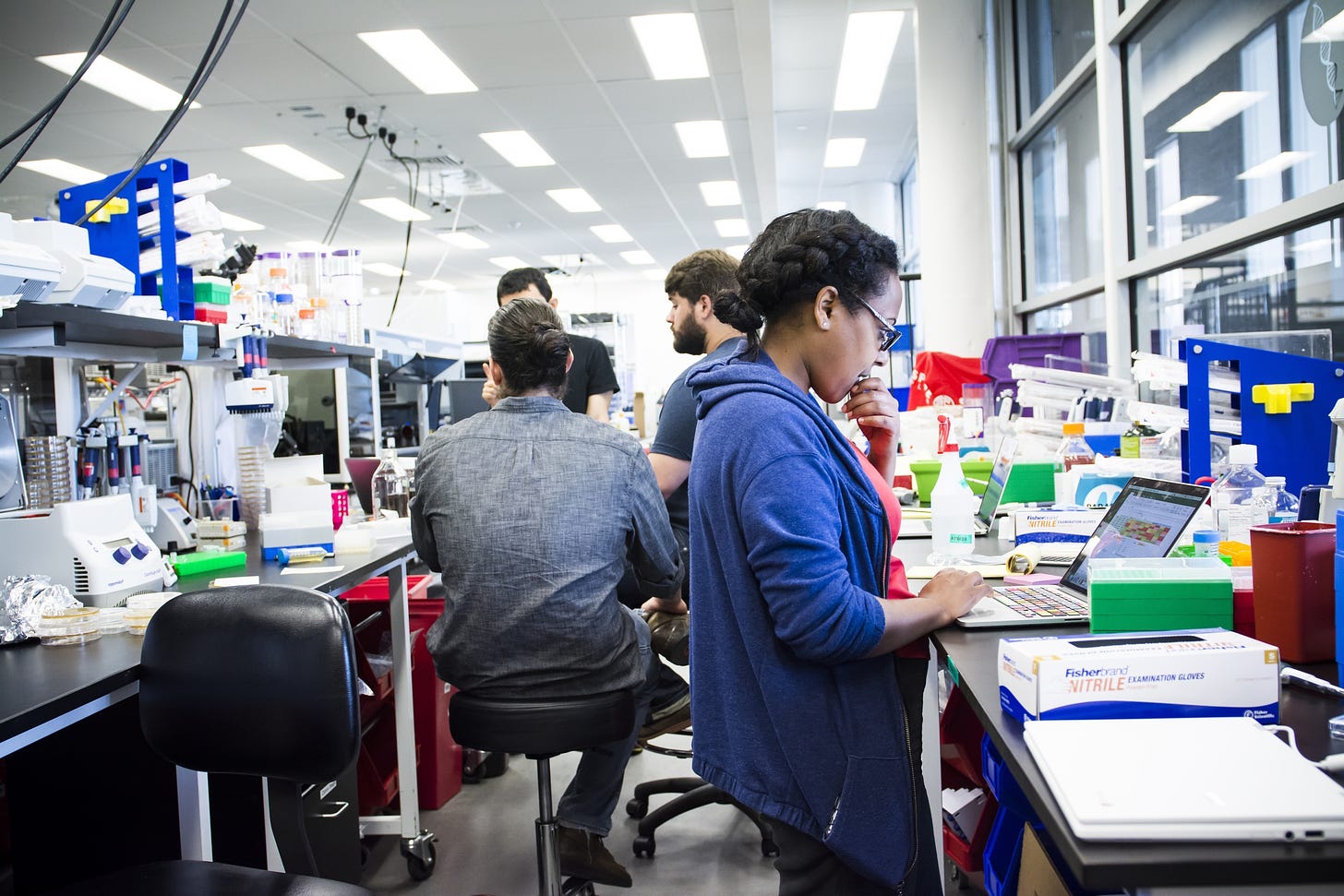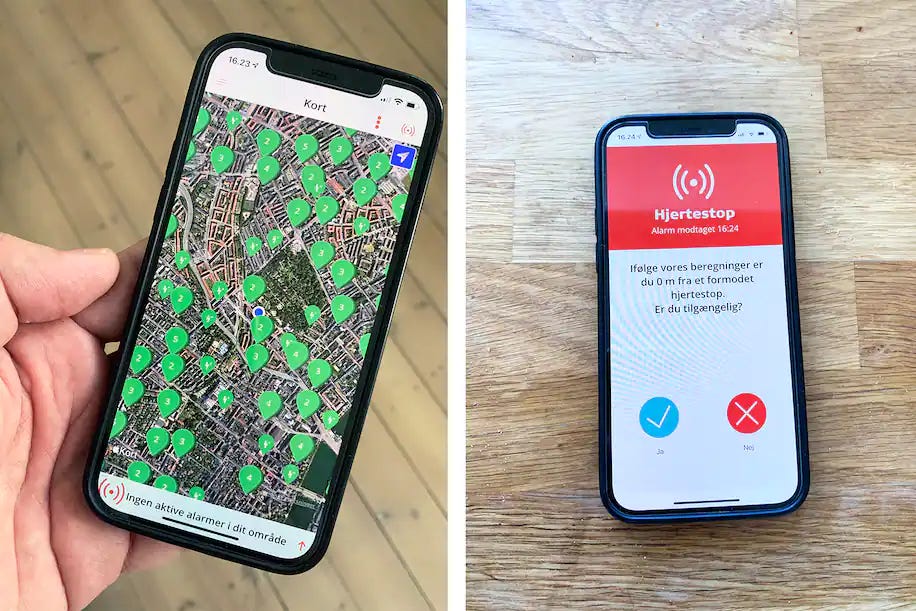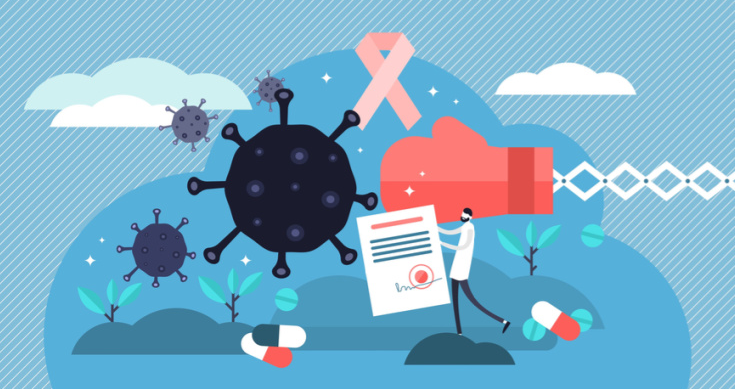Greetings!
Here’s your weekly wrap of the latest technology, innovation, and finance news.
? Finance
Ginkgo Bioworks, a leading synthetic biology company, announced they’re going public via a SPAC transaction that will value the company at $15 billion (see the presentation). The transaction will also inject $2.5 billion of fresh capital into the company, $1.7 billion from the SPAC, and $775 million from a private placement to investors such as Baillie Gifford, Ark Investment Management, and Bill Gates’s Cascade Investment LLC. Once complete, Ginkgo will trade under the ticker DNA.
The underlying principle of Ginkgo’s business is that biology is programmable in a way analogous to computers — just using the four basic chemical building blocks of DNA sequencing instead of zeros and ones. The company can design mammal, bacteria and yeast cells to serve specific purposes.
“The magic of biology is that cells run on digital code similar to a computer, except that instead of 0s and 1s it’s As, Ts, Cs, and Gs,” Jason Kelly, co-founder and chief executive officer of Ginkgo, said in a statement. “Ginkgo’s platform makes it easier to program this code, and we are making this platform available to organizations working to solve our most pressing problems.
Ginkgo Bioworks is one of the most fascinating companies I’ve come across, so much so that the first article of the first issue of the Innovation Wrap was about Ginkgo, and I’ve mentioned the company five times in total — it’s one to watch!
 Marqeta has filed to go public (see the S-1). The payments company grew revenue 123% to $108 million in the first quarter of this year and has been recently valued in private markets at between $16 billion and $17 billion.
Marqeta has filed to go public (see the S-1). The payments company grew revenue 123% to $108 million in the first quarter of this year and has been recently valued in private markets at between $16 billion and $17 billion.
Founded in 2010 and based in Oakland, California, Marqeta sells payment technology that’s designed to detect potential fraud and ensure that money is properly routed. The company issues customized physical cards that look like credit and debit cards, which contractors from DoorDash or Instacart use to make point-of-sale purchases from restaurants or supermarkets.
Remember when the oil futures dropped below $0 last year? Bloomberg Quickview tells the story of a small group of 9 traders in Essex, led by a man named Cuddles, who made $660 million that day (14-minute video). Two of the traders who individually made over $100 million were in their 20s.
?️ Renewables
Wind power got a boost with the Biden Administration approving the first major offshore wind farm in the US.
The Vineyard Wind project calls for up to 84 turbines to be installed in the Atlantic Ocean about 12 nautical miles off the coast of Martha’s Vineyard, Mass. Together, they could generate about 800 megawatts of electricity, enough to power about 400,000 homes.
The project would dwarf the scale of the country’s two existing wind farms, off the coasts of Virginia and Rhode Island. Together, they produce just 42 megawatts of electricity.
One criticism of wind power has been that it’s difficult to recycle wind turbines which means they end up in a landfill. That might no longer be the case with Vestas, the leading wind turbine manufacturer in the world, announcing a new technology that enables wind turbine blades to be fully recycled.
The new technology will “be a significant milestone in enabling a future where landfill is no longer required in blade decommissioning,” Allan Poulsen, Vestas’ head of sustainability and advanced materials, said in a statement.
? Artificial Intelligence
A new machine learning project from Intel Labs makes Grand Theft Auto V look realistic.
? Health
Experimental gene therapy has restored immune function in children born without an immune system in three separate clinical trials (see the paper).
The investigational gene therapy method involves first collecting some of the child’s blood-forming stem cells, which have the potential to create all types of blood and immune cells. Next, using an approach developed by the research team, a new copy of the ADA gene is delivered into the stem cells by a modified lentivirus, or “viral vector.” The corrected cells are then returned to the child’s body, where they are intended to produce a continual supply of healthy immune cells capable of fighting infection.
A new brain implant lets paralysed patients communicate by turning their visualised letters into text (see the paper).
Developed by a team at Stanford University, the artificial intelligence software, coupled with electrodes implanted in the brain, was able to “read” the thoughts of a man with full-body paralysis as he was asked to convert them to handwriting. The BCI transformed his imagined letters and words into text on a computer screen—a form of “mental handwriting.” The technology could benefit the millions of people worldwide who are unable to type or speak because of impaired limbs or vocal muscles.
Denmark has made heart attacks less deadly through an app that sends CPR volunteers to heart attack sufferers.
Denmark has seen a dramatic increase in survival from heart attacks after it began recruiting volunteers and arming some of them with smartphone technology that alerts them to nearby cardiac emergencies and helps them locate automated external defibrillators, or AEDs. The volunteers are then asked to enter residences and perform CPR until an ambulance arrives.
On a good day, things exit through the anus. But in rodents and pigs in respiratory distress, oxygen can be absorbed by tissues in the rectum, helping the animals recover, a new study suggests. The scientists behind the research propose that flushing oxygen into the rectum could one day help save human lives if conventional ventilation methods are unavailable.
? Blockchain and Crypto
Debate raged over whether Bitcoin is or can be green, with Elon Musk pulling support over the drastic energy usage. The opposite take, expressed by Square and Ark in April, is that bitcoin encourages renewables development by making renewables more profitable and giving them an outlet to use excess energy production.
As mining activity greatly outpaces the availability of “leftover” energy, even the best-intentioned, most credible efforts to use green energy ultimately run into the ethical conundrum: Is cryptocurrency really the best use of capital and natural resources when the whole world is racing to decarbonize?
Coinbase had a pretty good quarter; revenue tripled from $585 million in December to $1.8 billion in March, driven by skyrocketing crypto prices.
Roughly 94% of the company’s net revenue in the first quarter came from transaction fees from trading.
Facebook-backed digital currency project Diem is abandoning its plans to get a Swiss payment license and will instead shift its operations to the United States.
? Crypto-Gaming
NFTs are so hot right now.
Animoca Brands raised $88 million at a $1 billion valuation to capitalise on game NFTs.
The Hong Kong-based Animoca Brands has gathered a handful of game companies — The Sandbox, Quidd, Gamee, nWay, Pixowl, and Lympo — that have pioneered the use of NFTs, which can authenticate the uniqueness of a digital item in games.
Big Time Studios is raising $21 million to bring NFTs to game economies.
“We are creating all the technology to make it very easy for gaming companies to do this,” Meilich said. “But as a way for us to get to market, we are building the first game. … It’s a multiplayer action-RPG where you can team up with up to six people and go into dungeons where you kill monsters, some of which are going to be dropping valuable loot. And the way the game is designed, people with zero blockchain experience are going to start collecting NFTs that have real-world value without having to have any previous knowledge about what blockchain technology is about. So ultimately, we’re trying to make the technology underlying technology invisible and just keep the value proposition for the users.”
A new 18-minute documentary shows how a rural Filipino community is earning a living playing an NFT game.
?️ Space
China landed their Tianwen-1 rover on Mars.
One goal of the Tianwen-1 mission is to better understand the distribution of ice in the region, which future human colonists on Mars could use to sustain themselves.
Aerospace engineer Robert Zubrin wrote about the significance of NASA selecting SpaceX’s Starship for the Artemis program.
The Shuttle’s average flight rate of four per year, meant that, with a program annual cost of $4 billion per year, the actual cost of a Shuttle flight was a whopping $1 billion. A Starship transorbital railroad, employing 5,000 people, would cost about that much per year. Musk is aiming to manage 200 flights, which is possible with 20 operational Starships each turned around to fly again every 36 days. That would work out to $5 million per flight, 1/200th the cost of the Shuttle with five times its payload, for a thousandfold improvement overall.
Bloomberg Quicktake summarised the current state of space tourism (15-minute video), covering Blue Origin, Virgin Galactic, SpaceX’s Inspiration4, Axiom Space, and the legal complexities that can arise in space.
? Cybercrime
Colonial Pipeline paid nearly $5 million in ransom (in Bitcoin) to the hacker group DarkSide after the hackers brought down the company’s network, causing 5,500 miles of pipeline to shut down.
The shutdown of the company’s network, which includes 5,500 miles of pipeline that supplies nearly half the gas, diesel and jet fuel to the East Coast, triggered a cascading crisis that led to emergency meetings at the White House, a jump in gas prices, panic buying at the gas pumps, and forced some airlines to make fuel stops on long-haul flights.
DarkSide has since told associates they will shut their operations.
DarkSide has told associates it has lost access to the infrastructure it uses to run its operation and would be closing, citing disruption from a law-enforcement agency and pressure from the U.S., according to security firms FireEye and Intel 471.
? Alternative Foods
Memphis Meats, now rebranded as Upside Foods, plans to launch its first consumer product this year — it’ll be cultured chicken.
 The European Commission has authorised insect as a novel food for the first time (a novel food is defined as food that had not been consumed to a significant degree by humans in the EU before).
The European Commission has authorised insect as a novel food for the first time (a novel food is defined as food that had not been consumed to a significant degree by humans in the EU before).This novel food is intended to be used as a whole, dried insect in the form of snacks or as a food ingredient, in a number of food products.
⚡ Other Snippets
YouTube announced a $100 million fund to pay the most popular creators on its nascent TikTok competitor, Shorts.
“The Shorts Fund is just the first step in our journey to build a long-term monetization model for Shorts on YouTube,” the company said in a blog post. YouTube added the fund will be launched in the coming months.
Adidas and Allbirds have teamed up to produce sustainable sneakers with the Futurecraft.Footprint.
The Futurecraft.Footprint will officially launch this month via a raffle of just 100 pairs. This fall, it will see a wider release of 10,000 pairs as Adidas increases the volume further in 2022. Even if it scales quickly, Adidas will only reduce its climate impact if it produces fewer of its other products or finds ways to significantly reduce their emissions.
 Chinese autonomous car company WeRide raised a new funding round at a $3.3 billion valuation.A confused Waymo robotaxi shows the challenges of scaling AVs (video from the 11-minute mark).
Chinese autonomous car company WeRide raised a new funding round at a $3.3 billion valuation.A confused Waymo robotaxi shows the challenges of scaling AVs (video from the 11-minute mark).According to his spreadsheet, JJRicks has taken seven disengagement-free Waymo One rides since the incident. “These cars have almost never made me actually scared that they’re going to do something dangerous, hard to shake my trust at this point,” he said. “I knew I’d make it out in one piece.”
Have a great week,
Thomas









